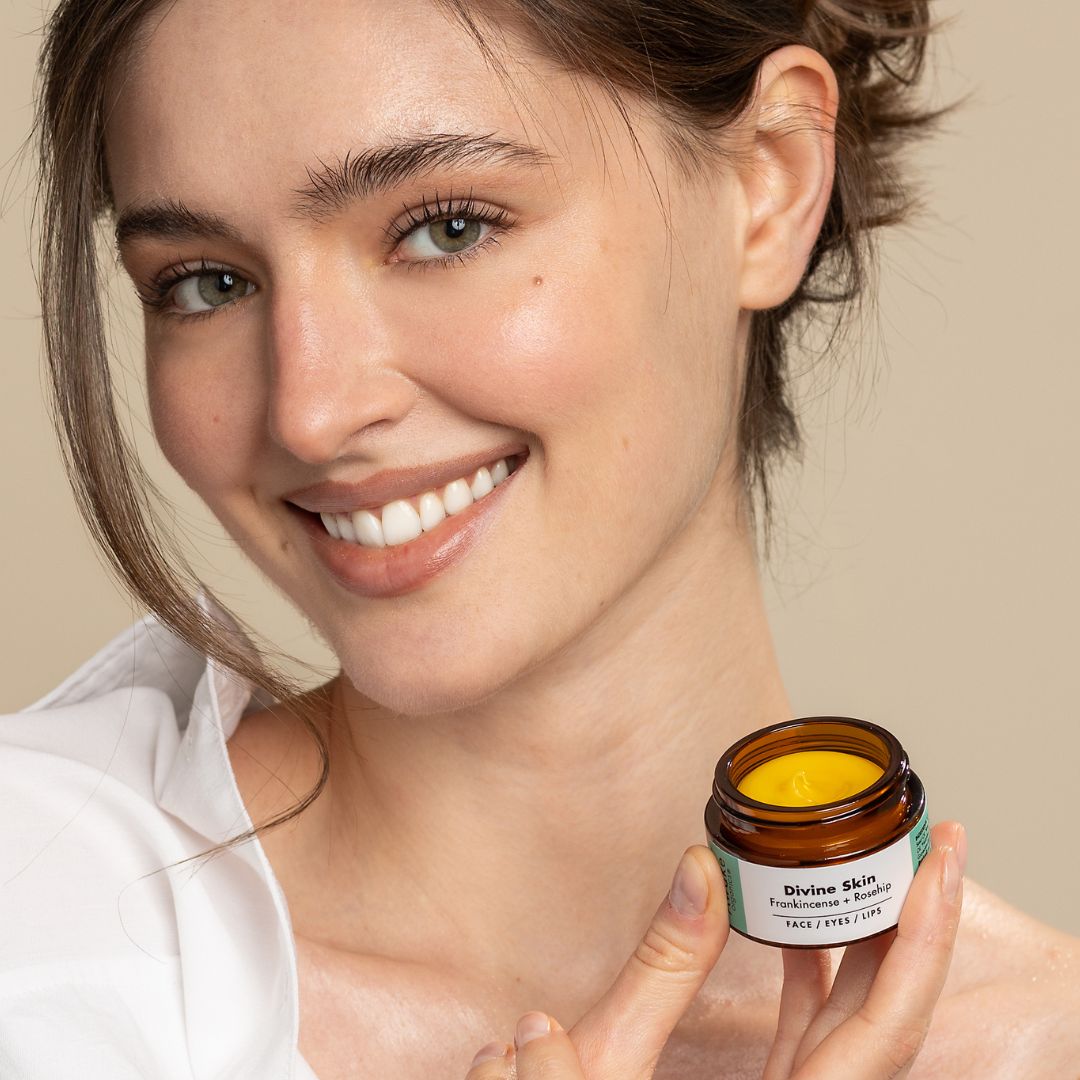 Guess what? There are synthetic chemicals hiding in your perfume and cosmetics... and possibly too many to count.
When I first embarked on my natural perfume journey here in the UK, I found it very hard to get started. There are no step-by-step Google tutorials or books that really tell you how to create natural scent profiles. Everything about the industry is deliberately quite secretive, and even niche perfumers are giving nothing away. It's a bit like asking a magician how they do their tricks.
After extensive research, trials and one exploding test tube, I did eventually get there. It took me nearly one year and I uncovered quite a bit about the fragrance industry in the process. Specifically, the long list of synthetic chemicals in perfume that are known hormones disruptors.
Guess what? There are synthetic chemicals hiding in your perfume and cosmetics... and possibly too many to count.
When I first embarked on my natural perfume journey here in the UK, I found it very hard to get started. There are no step-by-step Google tutorials or books that really tell you how to create natural scent profiles. Everything about the industry is deliberately quite secretive, and even niche perfumers are giving nothing away. It's a bit like asking a magician how they do their tricks.
After extensive research, trials and one exploding test tube, I did eventually get there. It took me nearly one year and I uncovered quite a bit about the fragrance industry in the process. Specifically, the long list of synthetic chemicals in perfume that are known hormones disruptors.
This is what the perfume industry doesn't want you to know
#1) Background info. In the EU, there are 26 allergens which must be named on any cosmetic product (from soap to perfume). For example, if a product contains a certain percentage of lavender essential oil, then Limonene, Geraniol and Linalool must be listed on the ingredient list. These are also chemicals (technically everything is a chemical). However, Limonene, Geraniol and Linalool are chemical constituents that are naturally occurring in lavender essential oil, typically harmless but they can cause sensitisation or allergic reactions for some people and they have to be included on cosmetic product ingredient lists. #2) The tip of the iceberg. There are another 3,973 chemicals in fragrance (including hormone disruptors), which are NOT REQUIRED TO BE REPORTED on an ingredients list and are currently used in perfumes and cosmetics (as of 2016, so the number is probably higher today). These are legally allowed to be hidden from you on the labelling by using the term Fragrance (parfum).Mind Blown...
You read that right.#3) The LIST. Get your hands on this well-buried international fragrance report and see it for yourself. Ironically, it's called the “Transparency List” (Update: the list as we knew it has been removed from the internet. You can still search here, but this page does not seem to be as comprehensive) #4) Everything is technically a chemical but... It’s important to note that some of the chemicals on the list are naturally occurring (like linalool in lavender, as above). However, how can we possibly get to the bottom of such an extensive list? Unless you are a chemical engineer, it would take a month of Sundays to research each chemical constituent in order to decipher what is naturally occurring and what is potentially harmful - and sometimes what is both! #5) Busted. Some of the worst on the list of chemicals in perfume are the hormone disruptors chemicals. We are spraying them on ourselves, in our homes, offices, shops, cars, you name it, and have no idea what the long-term effects are. Most of the time, we don't even know they are in our cosmetics. Check out this graphic that exposes some very well-known fragrance brands.There are 3,999 chemicals approved for use in all perfume, and only 26 must be declared on the label."
 #6) You're in Charge. You can find all this out for yourself because it is online, if a bit hidden. But I know you're busy, and I feel this is my calling, so I'm gathering the info for you. As always, I encourage you to do your own research, ask questions and take control of your health.
Melissa x
#6) You're in Charge. You can find all this out for yourself because it is online, if a bit hidden. But I know you're busy, and I feel this is my calling, so I'm gathering the info for you. As always, I encourage you to do your own research, ask questions and take control of your health.
Melissa x
JOIN OUR COMMUNITY!
Check us out on Facebook, Twitter and Instagram. This is where we have a bit of fun with DIY, natural health & beauty trends, crystals, and of course our latest PROMOS.As always, we are here to provide information and resources. Awake Organics is not affiliated with any of the third parties mentioned in this post. The content in this post is not sponsored, and is not intended as medical advice. Please read our General Health & Wellbeing Disclaimer for details.



